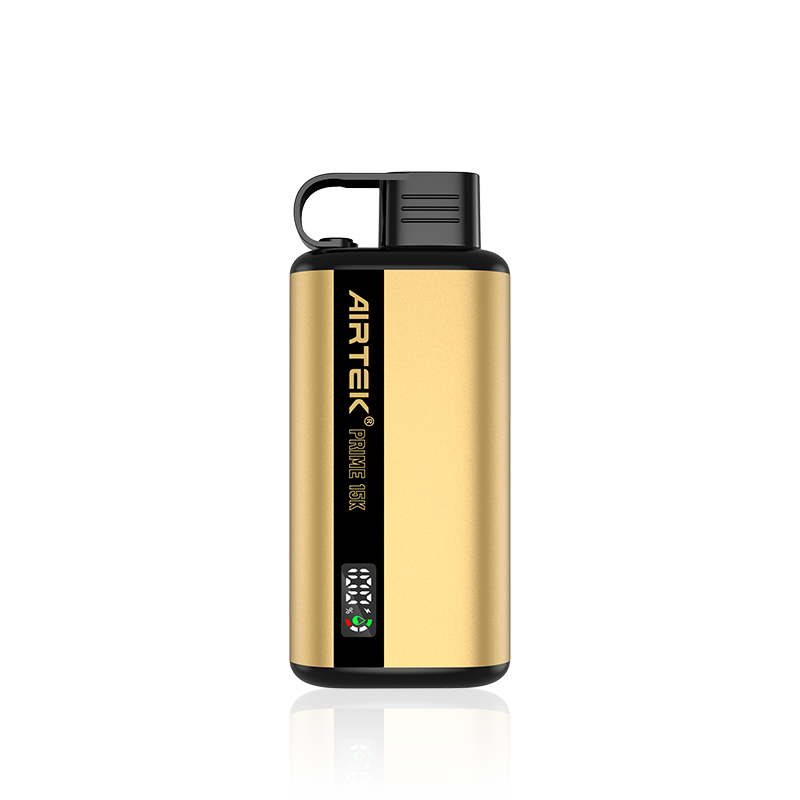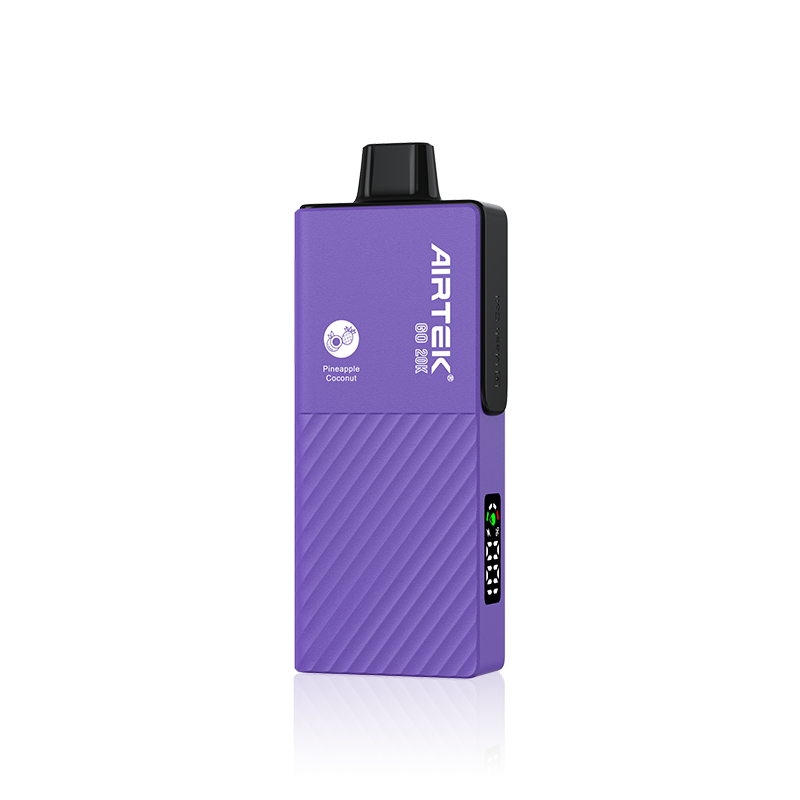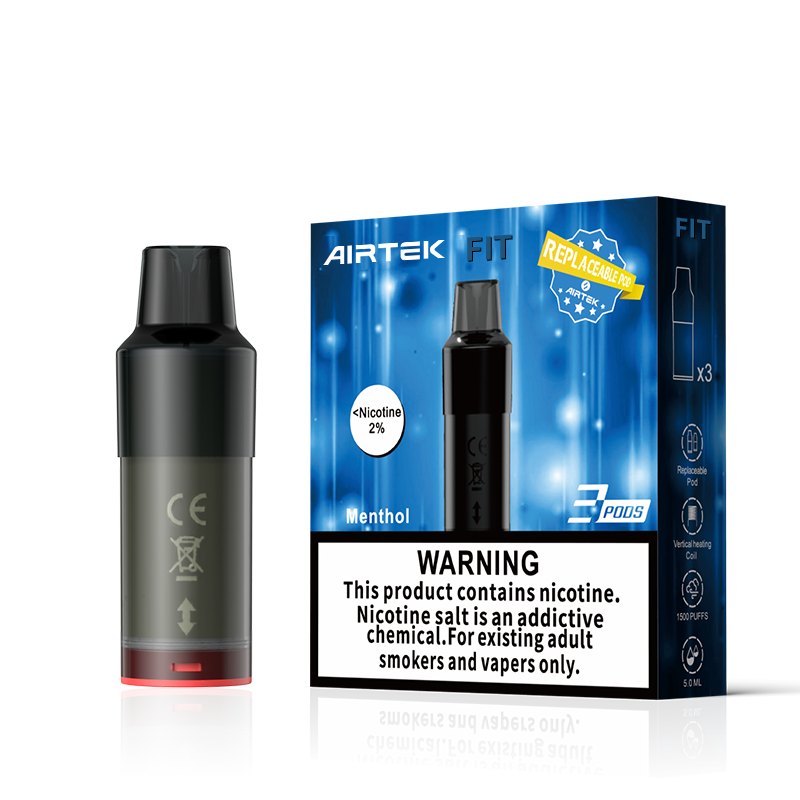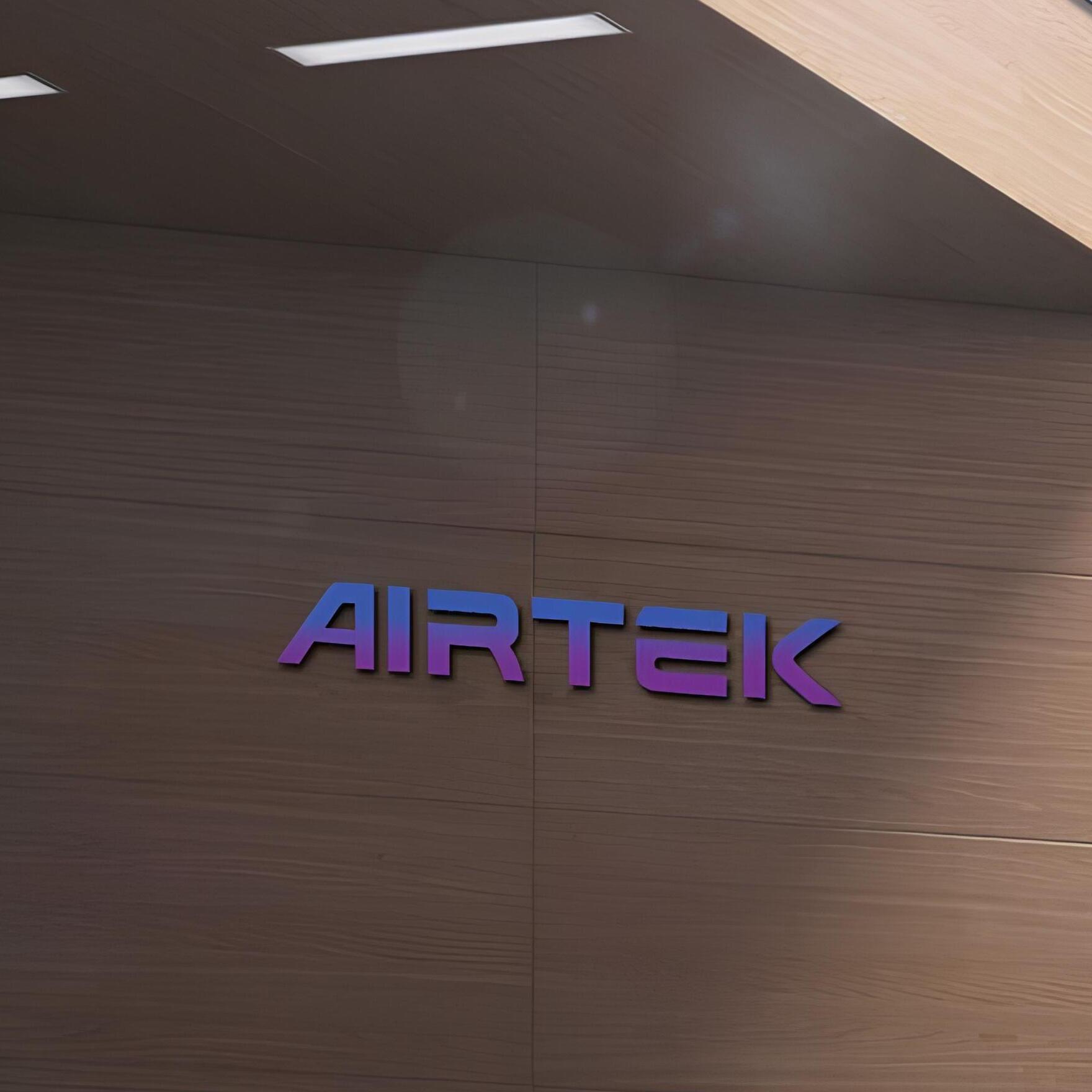Ingredient Transparency
Tobacco products must clearly list ingredients, especially nicotine levels.
E-cigarettes should detail all additives.
2ml Limit on Tanks and Pods
The maximum e-liquid capacity in vape devices must not exceed 2ml to prevent
accidental nicotine ingestion.
10ml Limit on E-liquid Bottles
Nicotine-containing e-liquid bottles cannot exceed 10ml, aiming to reduce the
risk of nicotine poisoning.
2% Limit on Nicotine Strength
The nicotine content in e-liquids must not exceed 20mg/ml, which significantly
impacts users accustomed to higher levels.
Emission Testing for E-Liquids
All nicotine-containing e-liquids must undergo emissions testing in certified
labs, increasing costs for manufacturers.
Six Months Notification Period
Manufacturers must notify regulatory authorities six months before releasing a
new vape product, slowing down innovation.
Packaging and Labeling
All packaging must include health warnings covering 30% of the front and back,
and bottles must be child-resistant.
Restricted Marketing
Traditional and digital marketing channels, including social media, are
restricted, making it harder for small businesses to compete.
Retailer Transition Period
Retailers had a one-year transition period to sell non-compliant stock before
full enforcement.













































